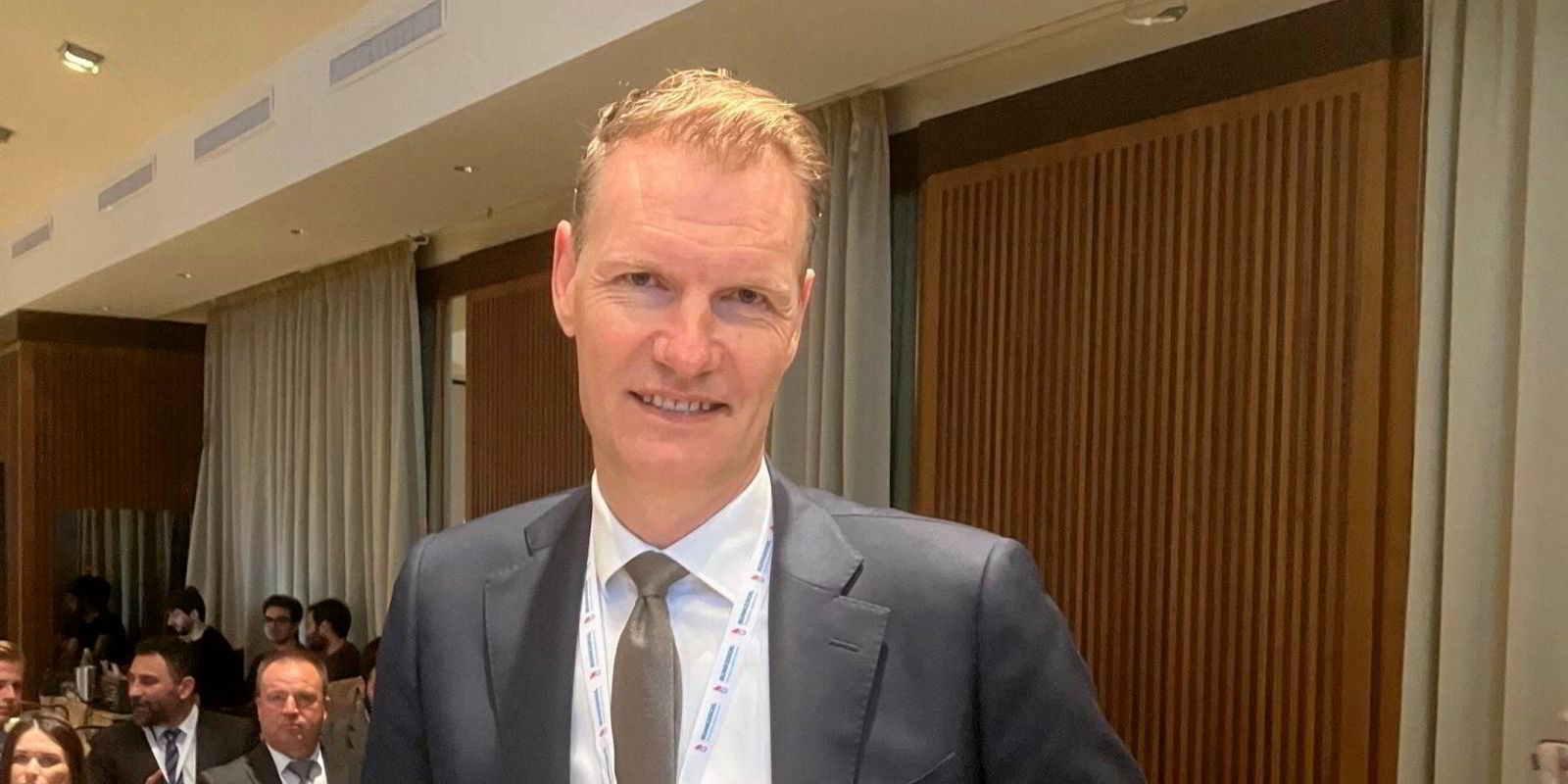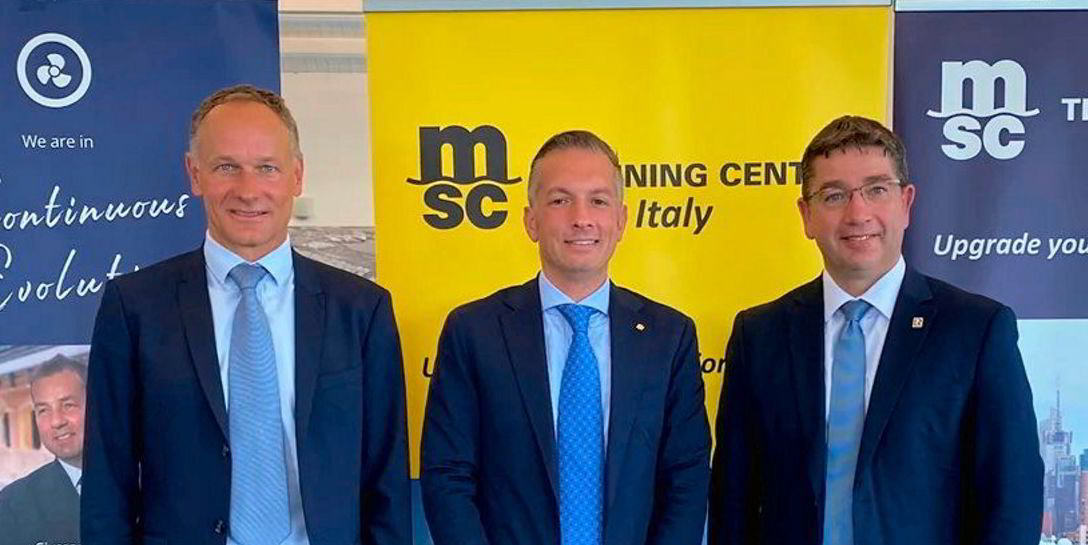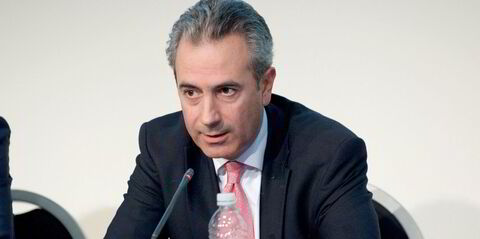MSC Mediterranean Shipping Company is sticking to LNG dual-fuel ships despite planning to adopt ammonia as a zero-carbon fuel for future newbuildings.
Shipbuilding sources following MSC’s newbuilding activities said the liner giant has approached shipyards in South Korea and China for at least six 8,000-teu container ship newbuildings that can run on LNG or very low-sulphur fuel.
“Several shipyards have participated in MSC’s newbuildings project,” one source said. “There is a possibility that the number of new container ships that the company order may exceed six as that depends on the delivery slots and newbuilding price that shipyards have offered.
“MSC is looking at LNG dual-fuel newbuildings and not methanol or ammonia fuel vessels.”
In May, MSC disclosed that it was working on the design for an ammonia dual-fuelled, 8,200-teu boxship with Lloyd’s Register, Shanghai Merchant Ship Design & Research Institute and energy manufacturer MAN Energy Solutions.
The aim is to give the company the option of adopting ammonia as a zero-carbon fuel for future newbuildings.
LNG is facing growing criticism over methane emissions and is being described as a transitional fuel.
One newbuilding broker believes MSC is still sticking with LNG as a fuel because the supply of the main engines for ammonia is uncertain.
“There are questions on the supply of ammonia and how safe is the fuel,” the broker said. “What we are seeing on order [for newbuildings] are only ammonia-ready ships.”
MSC, which overtook AP Moller-Maersk to become the largest liner company in the world, is the first carrier to reach a fleet capacity of more than 5m teu.
The Swiss organisation has 74 container ship newbuildings ranging between 1,800 teu and 16,000 teu on order at shipyards in China and South Korea.
All of MSC’s 8,100-teu newbuildings and above are LNG dual-fuelled, while the firm new feeder ships of 1,800 teu and 3,700 teu will be powered by very low-sulphur fuel oil.
Fuel mix
In May, MSC chief executive Soren Toft said his company will rely on a mix of zero-carbon fuels to lower emissions.
It is also working to have some of its vessels powered by methanol. It is retrofitting a few ships that would be able to burn methanol.




